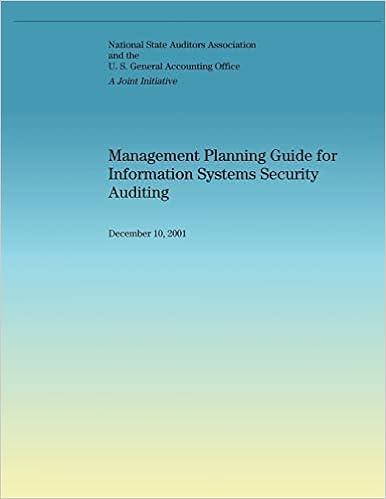Question
Smittys Home Repair Company, a regional hardware chain that specializes in do-it-yourself materials and equipment rentals, is cash rich because of several consecutive good years.
Smittys Home Repair Company, a regional hardware chain that specializes in do-it-yourself materials and equipment rentals, is cash rich because of several consecutive good years. One of the alternative uses for the excess funds is an acquisition. Linda Wade, Smittys treasurer and your boss, has been asked to place a value on a potential target, Hills Hardware, a small chain that operates in an adjacent state, and she has enlisted your help. Table 1 indicates Wades estimates of Hills earnings potential if it comes under Smittys management (in millions of dollars). The interest expense listed here includes the interest (1) on Hills existing debt,(2) on new debt that Smittys would issue to help finance the acquisition, and (3) on new debt expected to be issued over time to help finance expansion within the new H division, the code name given to the target firm. The retentions represent earnings that will be reinvested within the H division to help finance its growth. Hills Hardware currently uses 40% debt financing, and it pays federal-plus-state taxes at a 30% rate. Security analysts estimate Hills beta to be 1.2. If the acquisition were to take place, Smittys would increase Hills debt ratio to 50%, which would increase Hills beta to 1.3. Further, because Smittys is highly profitable, taxes on the consolidated firm would be 40%. Wade realizes that Hills Hardware also generates depreciation cash flows, but she believes that these funds would have to be reinvested within the division to replace worn-out equipment. Wade estimates the risk-free rate to be 9% and the market risk premium to be 4%. She also estimates that cash flows after 2018 will grow at a constant rate of 6%. Smittys management is new to the merger game, so Wade has been asked to answer some basic questions about mergers as well as to perform the merger analysis. To structure the task, Wade has developed the following questions, which you must answer and then defend to Smittys board. A. Several reasons have been proposed to justify mergers. Among the more prominent are (1) tax considerations, (2) risk reduction, (3) control, (4) purchase of assets at below-replacement cost, and (5) synergy. In general, which of the reasons are economically justifiable? Which are not? Which fit the situation at hand? Explain. B. Briefly describe the differences between a hostile merger and a friendly merger. C. Use the data developed in Table 1 to construct the H divisions cash flow statements for 2015 through 2018. Why is interest expense deducted in merger cash flow statements, whereas it is not normally deducted in a capital budgeting cash flow analysis? Why are earnings retentions deducted in the cash flow statement? D. Conceptually, what is the appropriate discount rate to apply to the cash flows developed in part c? What is your actual estimate of this discount rate?
Step by Step Solution
There are 3 Steps involved in it
Step: 1

Get Instant Access to Expert-Tailored Solutions
See step-by-step solutions with expert insights and AI powered tools for academic success
Step: 2

Step: 3

Ace Your Homework with AI
Get the answers you need in no time with our AI-driven, step-by-step assistance
Get Started


